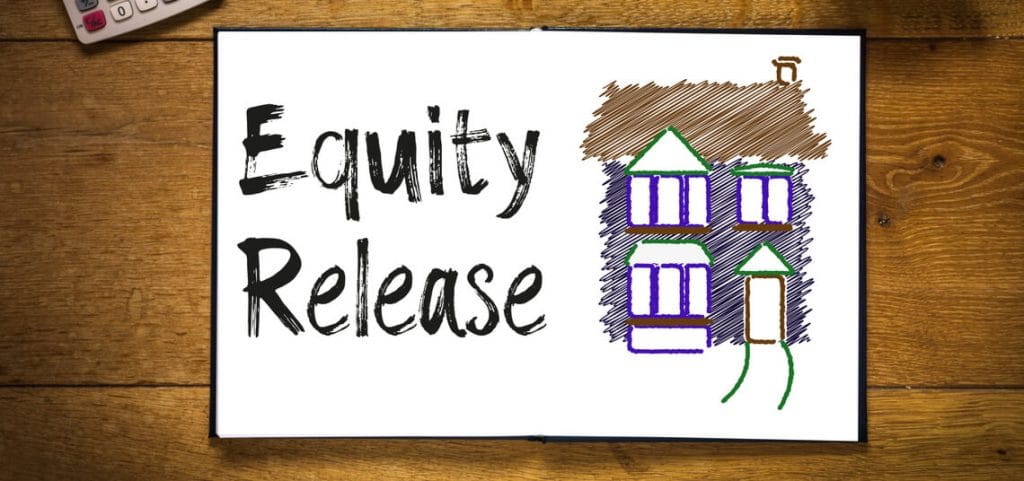When you get a mortgage, you’ll be charged a rate of interest on the loan. This can be fixed for a period of time or change over time, depending on the type of mortgage you choose. Each lender will offer their own rates on their deals, but all rates are influenced by the Bank of England’s bank rate – when it goes up or down, the mortgage rates on offer often change with it.
Types of mortgage rates
There are three main types of mortgage rates:
- Fixed rate
- Tracker rate
- Standard Variable Rate (SVR)
A fixed rate mortgage assures that you’ll pay the same rate of interest for the duration of its ‘fixed term’. This is commonly set at 2 years, but it can also be 3, 5, 10 years or more. The key benefit of a fixed rate mortgage is that borrowers can predict their outgoings and manage their money accordingly.
A variable rate mortgage charges a rate of interest that’s usually based on the Bank of England’s bank rate. The bank rate is what the Bank of England charges the high street banks to borrow money. A variable rate mortgage will be higher than the bank rate. It can change at any time, meaning that borrowers’ monthly repayments could also change at any time. A benefit of variable rate mortgages is that they’re often cheaper than fixed rate deals.
The Standard Variable Rate (SVR) is a special rate that lenders will automatically transfer a borrower to at the end of their initial term, unless they remortgage to another deal. SVRs usually charge the highest mortgage rates around and there’s no reason to be on one, unless you’re so close to paying off your mortgage that remortgaging to a new deal isn’t practical or possible.
How long can long term fixed rate mortgages be?
A fixed rate mortgage deal typically lasts 2 years, but many lenders offer a range of longer fixed term deals, including 2 – 40 year fixed rate mortgages.
In fact, lenders can technically offer fixed rate mortgages that last as long as they like. In March 2022, Molo launched our new 15-40 year fixed rate FlexLife mortgage. Shorter fixed rate mortgage deals are much more common than the longer ones, since they traditionally offer more flexibility (although this is changing with the launch of new innovative mortgage products).
For instance, a first time buyer who doesn’t know how long they plan to stay in their home might choose a 2 year fixed rate mortgage to give them the option of selling up after two years.
But longer term mortgages are becoming more common. Borrowers that are weary about increasing interest rates might be more likely to ‘lock in’ a low interest mortgage rate for 10 years or more, while they can.
How do long term fixed rate mortgages work?
Like any form of fixed rate mortgage, long term fixed rate mortgages work by charging just one rate of interest on a mortgage loan for an agreed period of time. But instead of offering this fixed rate for a period of two years, for example, they may offer it for 10 years or more.
A £100,000 25-year term mortgage could have a fixed rate of interest for 5 or 10 years, for example.
The monthly payments would be exactly the same, but you’d simply have to remortgage to a new mortgage deal after 2 or 10 years – depending on the length of the fixed-rate period.
If you wanted to remortgage during the 2 or 10 year fixed rate period, you’d need to pay an Early Repayment Charge. This could be expensive and be charged as a set fee or a percentage of the remaining mortgage balance.
What are the benefits of longer fixed rate mortgage deals?
During the last few years, more 10, 15 and 20 year mortgages have been introduced to the market by lenders. This seems to reflect both a need and desire of borrowers for longer term fixed rate mortgage deals.
More certainty
With a fixed interest rate mortgage, borrowers know exactly how much their monthly mortgage repayments will be for an agreed period of time. This allows for improved budgeting and protects them against any nasty surprises, no matter what happens with the wider economy.
Locks in low rates
When the Bank of England’s interest rate is low, longer term fixed rate mortgage deals are seen as a popular way to ‘lock in’ low rates and avoid remortgaging to higher rate deals for many years.
However, this strategy doesn’t always pay off, as seen by today’s higher rates. A fixing their mortgage long term on higher rates could potentially miss out on a lower rate and end up paying more than they might have done on a shorter term fixed rate mortgage.
Fewer admin fees
Remortgaging often requires the borrower to pay a fee to the lender and/or broker. So those with shorter term fixed rate mortgage deals may find themselves paying remortgage fees more frequently.
This money can add up, potentially offsetting any money saved on securing a more competitive mortgage deal.
Getting a longer term fixed rate mortgage deal would reduce the number of remortgages needed, potentially saving money on remortgage fees.
What are the downsides of longer fixed rate mortgage deals?
Despite their many advantages, long term fixed rate mortgages aren’t without a few drawbacks.
Less flexibility
Borrowers that take on a 10 or 20 (or more) fixed rate mortgage deal won’t be able to remortgage before that fixed term ends without having to pay an Early Repayment Charge.
This could deter them from moving home when they want to, or remortgaging to a more suitable mortgage deal.
Potential missed opportunities
The mortgage market is very competitive, with tens of thousands available at any one time. And lenders are offering new mortgage deals every day. This means that a more competitive mortgage deal could become available at any time.
Those on shorter term mortgage deals will have more opportunities to secure new competitive deals, while those on longer fixed rate mortgage deals will have less chance to secure them.
Summary
Long term fixed rate mortgages work just like any fixed term mortgage. They simply guarantee a borrower’s monthly repayments for longer.
They offer borrowers improved financial certainty, can lock in low interest rates for longer, and save borrowers from excess remortgage fees.
However, they offer less flexibility than shorter term fixed rate mortgage deals and could result in missed opportunities to secure lower rate deals that enter the market in the meantime.
Before securing a long term fixed rate mortgage, a borrower will need to consider whether it will suit their needs both today and in many years time.
Residential mortgages with Molo
If you’re interested in getting a residential mortgage to buy your next home, join Molo’s waitlist. Soon we’ll be launching your residential mortgages to help you get the keys to your next home.



